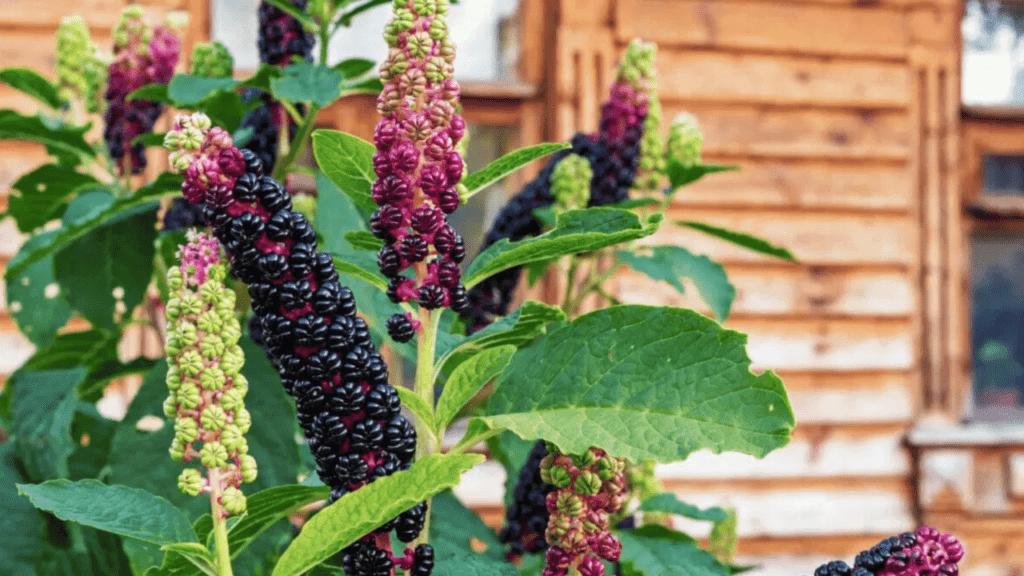
Identifying Pokeweed Look-Alikes: Comprehensive Guide and Key Differences
Pokeweed can be a beautiful and useful plant, but it’s important to know how to identify it accurately to avoid any potential harm. In this comprehensive guide, we’ll walk you through the key differences between pokeweed and its look-alikes, providing you with detailed descriptions and information to help you confidently identify this plant. Don’t take any chances – arm yourself with the knowledge you need to accurately identify pokeweed and its look-alikes.
Mistaking a harmful plant for pokeweed can have serious consequences, so it’s crucial to be well-informed and educated about the key differences between pokeweed and its look-alikes. By understanding the distinct characteristics and detailed descriptions of these plants, you can confidently identify pokeweed and avoid any potential danger. Don’t risk making a mistake – empower yourself with the knowledge and information provided in this guide to accurately identify pokeweed and its look-alikes. Your safety and well-being are worth the effort.
Table of Contents
ToggleIntroduction to Pokeweed
Pokeweed is a unique and intriguing plant with a rich history and a variety of uses. It’s important to be able to identify this plant accurately to fully appreciate its beauty and potential benefits. In this comprehensive guide, we’ll provide you with all the information you need to confidently identify pokeweed and distinguish it from its look-alikes. Don’t miss out on the opportunity to learn about and safely interact with this fascinating plant – arm yourself with the knowledge and expertise to accurately identify pokeweed.
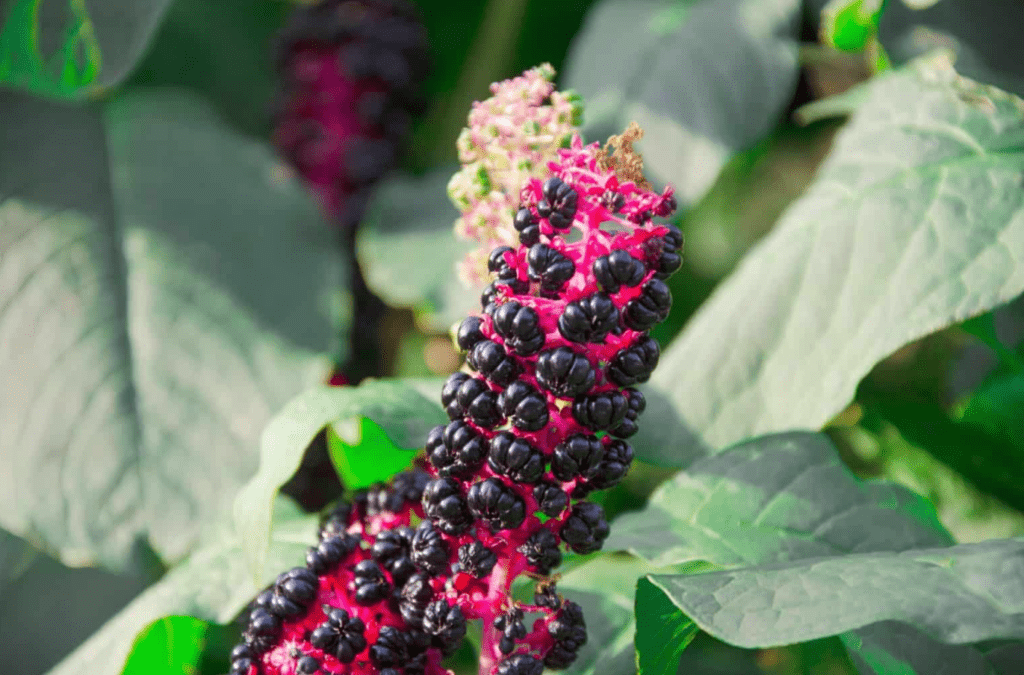
Identifying Pokeweed and Its Look-alikes
Pokeweed can easily be mistaken for other similar-looking plants, some of which are highly toxic. By understanding the key differences in appearance, leaf structure, and growth patterns, you can confidently identify pokeweed and avoid any potential danger. This guide will provide you with detailed descriptions and visual aids to help you distinguish pokeweed from its look-alikes. Don’t take any chances – educate yourself and be prepared to accurately identify pokeweed to ensure your safety and well-being.
The Importance of Accurate Identification
Mistaking a harmful plant for pokeweed can have serious consequences, including illness or even death. It’s crucial to be well-informed and educated about the distinct characteristics of pokeweed and its look-alikes to avoid any potential danger. By accurately identifying pokeweed, you can enjoy its beauty and potential benefits without putting yourself at risk. The effort you put into learning and understanding the key differences between these plants will be well worth it for your safety and peace of mind.
Empower Yourself with Knowledge
Don’t leave your safety to chance – empower yourself with the knowledge and information provided in this guide to accurately identify pokeweed and its look-alikes. By being well-informed and educated, you can confidently interact with pokeweed and avoid any potential danger. Your safety and well-being are worth the effort, so take the time to familiarize yourself with the distinct characteristics and detailed descriptions of pokeweed and its look-alikes. You’ll be glad you did.
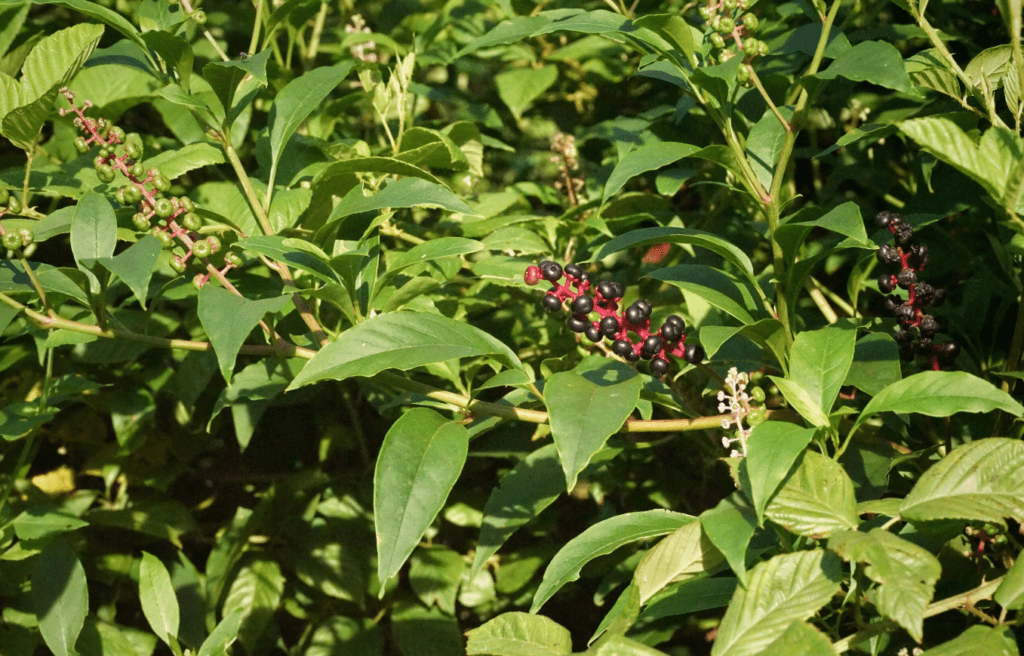
Identifying Characteristics of Pokeweed
Educate yourself on the identifying characteristics of pokeweed to avoid any potential danger. By knowing the key differences between pokeweed and its look-alikes, you can confidently enjoy its beauty and potential benefits without putting yourself at risk. Take the time to learn and understand the distinct features of pokeweed, and empower yourself with the knowledge needed to stay safe and secure. Your well-being is worth the effort, so make the decision to be well-informed and educated about pokeweed today.
Benefits of Being Well-Informed
Being well-informed about pokeweed and its look-alikes can have a significant impact on your safety and well-being. By taking the time to educate yourself, you can confidently navigate your surroundings and make informed decisions about interacting with pokeweed. Don’t underestimate the power of knowledge – it can empower you to stay safe and secure while enjoying the beauty of nature. Take control of your safety and empower yourself with the knowledge and information needed to confidently identify pokeweed and avoid any potential danger. Your well-being is worth it.
Common Pokeweed Look-Alikes
It’s important to be aware of the common look-alikes of pokeweed in order to avoid any potential confusion or danger. By learning to distinguish between pokeweed and similar plants such as elderberry or Virginia creeper, you can prevent any accidental exposure to the toxic properties of pokeweed.
Distinguishing Features
Take the time to familiarize yourself with the distinct features and characteristics of these plants, and empower yourself with the ability to confidently identify pokeweed and its look-alikes. Your safety and well-being are worth the effort, so make the decision to be well-informed and educated about pokeweed and its look-alikes today.
Avoiding Potential Risks
Don’t let the similarity in appearance between pokeweed and its look-alikes put you at risk. Take the initiative to educate yourself and become familiar with the distinguishing features of these plants. By doing so, you can avoid any potential danger and confidently enjoy the beauty of nature without worry.
Empowering Yourself with Knowledge
Your safety is in your hands, so take the necessary steps to empower yourself with the knowledge needed to differentiate between pokeweed and its look-alikes. Your well-being is worth the effort, so don’t underestimate the importance of being informed and prepared.
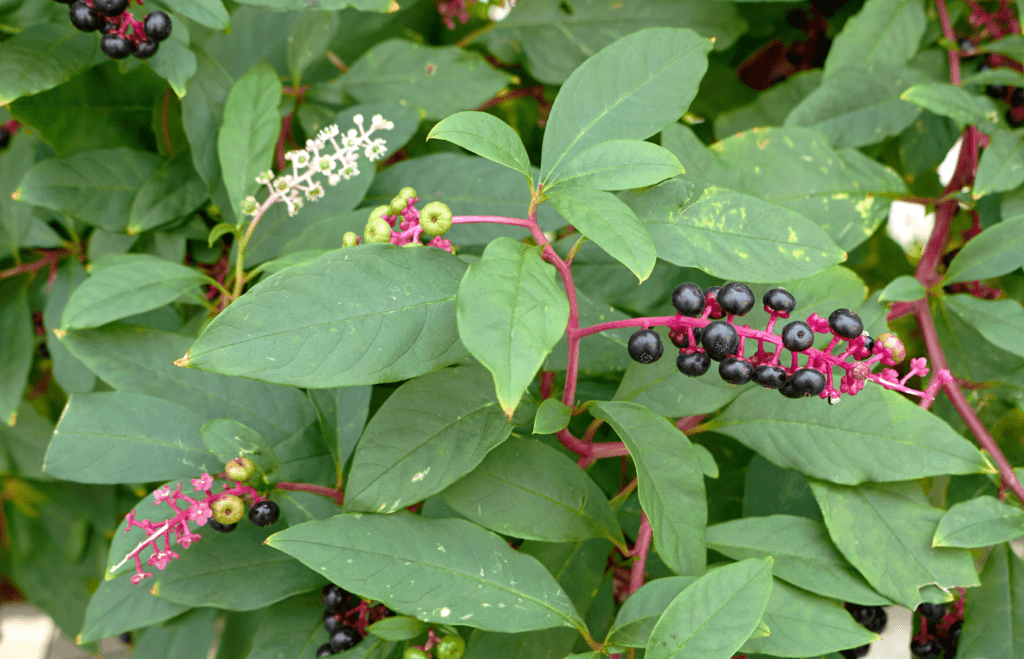
Key Differences Between Pokeweed and Look-Alikes
Distinct Features of Pokeweed
The key differences between pokeweed and its look-alikes lie in the distinct features and characteristics of each plant. Pokeweed has smooth, purple stems, while elderberry has woody stems, and Virginia creeper has hairy stems. Pokeweed also has large, oval-shaped leaves with smooth edges, while elderberry has finely toothed leaf margins and Virginia creeper has palmately compound leaves.
Differentiating the Berries
Additionally, the berries of pokeweed are dark purple and hang in clusters, while elderberry berries are dark purple and grow in clusters, and Virginia creeper berries are small and blue-black in color. By learning to recognize these differences, you can confidently identify pokeweed and avoid any accidental exposure to its toxic properties.
Importance of Education
It’s important to take the time to educate yourself on the distinguishing features of pokeweed and its look-alikes. By doing so, you can confidently navigate the natural environment without the fear of mistaking one for the other. Your safety is in your hands, and by being informed and aware, you can enjoy the beauty of nature without worry.
Staying Safe and Informed
Don’t underestimate the importance of being able to differentiate between these plants – it could potentially save you from harm. So take the necessary steps to empower yourself with the knowledge needed to stay safe and prepared. Your well-being is worth the effort, and by being informed, you can confidently enjoy the outdoors without any potential danger.
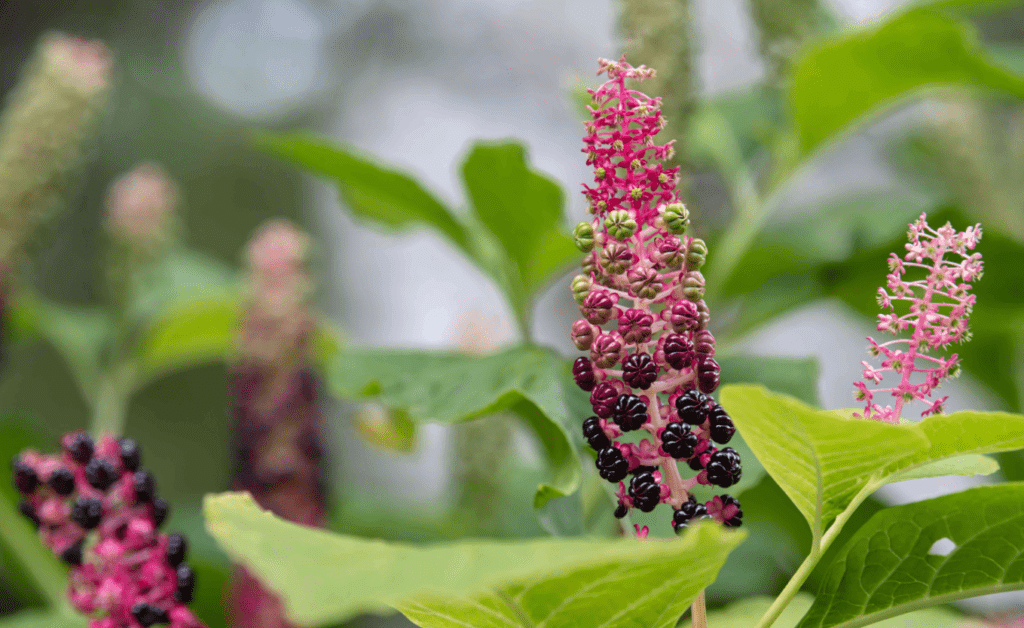
Detailed Descriptions and Visual Comparisons
The berries of pokeweed are dark purple and hang in clusters. Although elderberry berries are also dark purple and grow in clusters, and Virginia creeper berries are small and blue-black in color, it’s important to learn to recognize these differences. By doing so, you can confidently identify pokeweed and avoid accidental exposure to its toxic properties.
Importance of Visual Comparisons
Understanding these distinctions and being able to visually compare these plants is crucial. Pokeweed and its look-alikes may appear similar at first glance, but paying attention to specific details can be the key to keeping yourself safe. Take the time to study the characteristics of each plant and commit them to memory. This will help you avoid potential dangers and confidently enjoy the natural world around you.
Knowledge as a Safety Tool
Remember, knowledge is power. Being able to visually compare the berries of pokeweed, elderberry, and Virginia creeper is essential for your safety. The dark purple clusters of pokeweed, the similar but distinct clusters of elderberry, and the small blue-black berries of Virginia creeper may seem alike at first glance. However, with a keen eye and attention to detail, you can confidently identify and avoid any potential harm.
Empowering Yourself with Knowledge
So, take the time to study these plants, commit their characteristics to memory, and arm yourself with the ability to recognize the differences. Your well-being is worth the effort. By being able to visually compare these plants, you can confidently navigate the natural world and prevent any potential dangers. Stay safe and enjoy the beauty of nature with the power of knowledge and visual comparisons on your side.
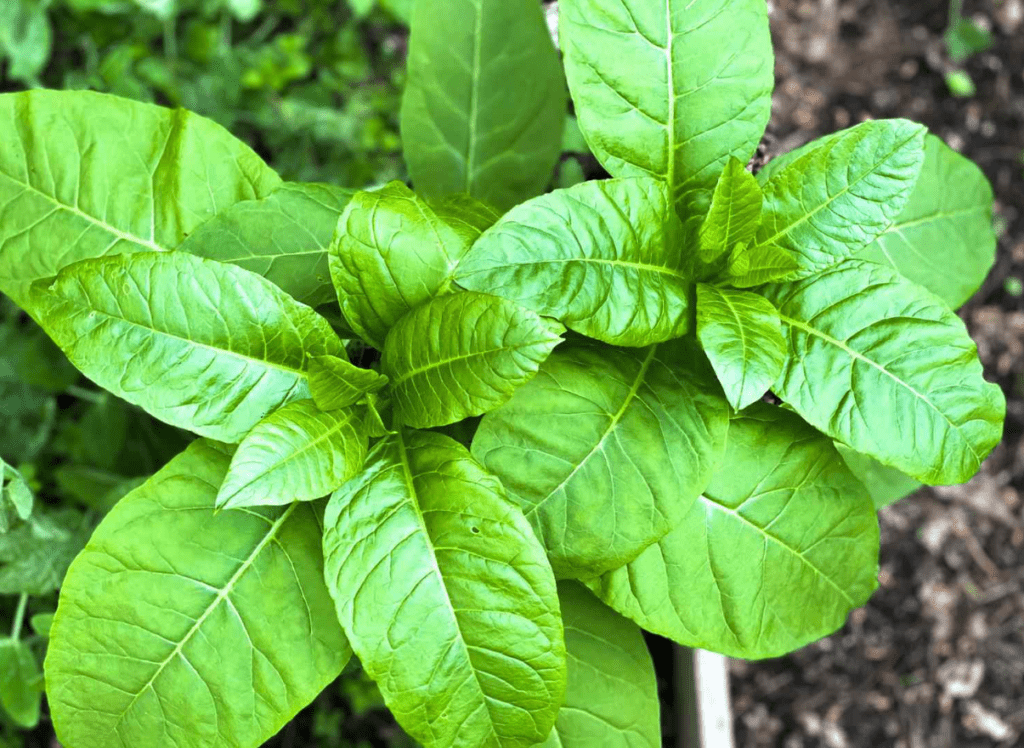
Tips for Accurate Identification
Study Plant Characteristics
- Focus on the size, shape, and color of the berries.
- Observe the arrangement of the berries on the plant, as well as the overall appearance of the leaves and stems.
Utilize Visual Aids
- Use field guides or online resources to compare and contrast the features of each plant.
- Take note of the habitat in which these plants are typically found, as this can also aid in accurate identification.
Seek Expert Guidance
- When in doubt, consult with a knowledgeable expert or professional to confirm your identification.
- Always err on the side of caution and avoid consuming any berries or plants that you are not 100% certain are safe for consumption.
The Power of Knowledge
When it comes to identifying berries and plants in nature, knowledge is power. By arming yourself with the right information and visual comparisons, you can safely enjoy the beauty of nature while staying out of harm’s way.
- Study the characteristics of each plant.
- Pay attention to their arrangement.
- Use visual aids like field guides or online resources.
If you’re unsure about identifying Wood Sorrel or Clover, focus on the habitat where the plants grow and consult experts for confirmation.
Safety First
Remember, it’s better to be safe than sorry. Always err on the side of caution and avoid consuming any berries or plants that you are not completely certain are safe for consumption. Stay safe and enjoy the beauty of nature with the power of knowledge and visual comparisons on your side.
Empower Yourself with Visual Comparisons
Take the time to study and familiarize yourself with the characteristics of each plant, using reliable resources and consulting with experts to ensure accurate identification. By doing so, you can confidently navigate the natural world and prevent any potential dangers. Your safety is worth the effort, so arm yourself with the knowledge needed to enjoy the beauty of nature without worry.
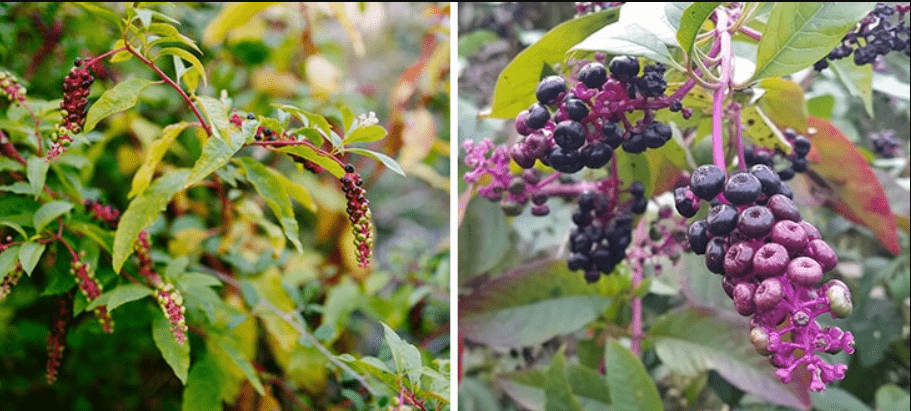
Safety Precautions and Handling Guidelines
Prioritize Safety
- Always prioritize safety when handling plants, especially if you are unsure of their characteristics.
- Wear protective gloves and clothing to protect yourself from potential skin irritation or harm.
Handle with Care
- Handle plants cautiously to avoid any accidental exposure to toxic properties.
- Follow proper handling guidelines and be mindful of how you interact with plants to prevent any potential hazards.
Dispose of Plant Material Carefully
- Properly dispose of any plant material to avoid spreading harmful plants or exposing others to potential risks.
Importance of Safety Measures
The safety precautions and handling guidelines are essential for your well-being. By prioritizing safety and taking the necessary precautions, you can confidently explore the natural world without worry. Wear protective gear, handle plants with care, and follow proper disposal guidelines to ensure your safety at all times.
Stay Cautious and Mindful
Take the time to be cautious and mindful when handling plants, recognizing that some plants may pose potential dangers. Your safety is paramount, so adhere to the guidelines and take the necessary precautions to protect yourself from harm. By doing so, you can fully enjoy the beauty of nature with peace of mind.
Your well-being is worth the effort, so make safety a priority when handling plants.
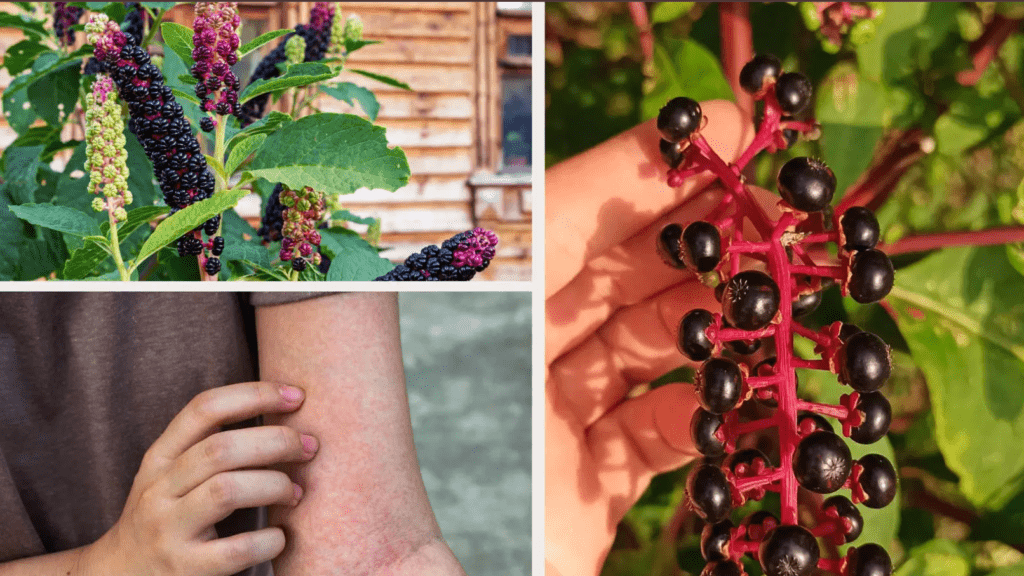
Conclusion: Stay Safe and Informed
In conclusion, prioritize your safety and well-being when handling plants. Stay informed about potential hazards and take the necessary precautions to protect yourself. By wearing protective gear, handling plants with care, and following proper disposal guidelines, you can enjoy the wonders of nature. This way, you can do so without putting yourself at risk. Your safety is worth the extra effort. Make sure to stay safe and informed while exploring the beauty of the natural world.
Frequently Asked Questions (FAQ)
Pokeweed: Key features include dark purple stems, large ovate green leaves, and clusters of dark purple berries. It can grow up to 10 feet tall and has a distinctive appearance with its berries, which change color from green to purple as they ripen.
Elderberry: Unlike Pokeweed, Elderberry has compound leaves with serrated edges and produces small white or pink flowers that form in flat-topped clusters. The berries are small, dark purple or black, and appear in dense clusters. Elderberry plants are typically smaller and more bush-like.
Red-berried Pokeweed (Phytolacca acinosa): This look-alike is similar in appearance to Pokeweed but produces red or orange berries instead of dark purple. It may also be slightly shorter and have a more branched growth habit.
American Nightshade: This plant has smaller, more pointed leaves compared to Pokeweed. It produces small white or purple flowers and green berries that turn black when ripe. The growth habit is less robust than that of Pokeweed, and its berries are typically less clustered.
- Pokeweed: Handle with care as all parts of the plant are toxic if ingested. Wear gloves and avoid direct contact with the plant’s sap.
- Look-Alikes: Some may also be toxic or cause skin irritation. Always use gloves and wash your hands thoroughly after handling unfamiliar plants.
Pay close attention to the plant’s habitat, growth features, and berry color. If uncertain, seek confirmation from a local expert or botanist to avoid risks associated with misidentification.
- Pokeweed: Can spread rapidly and dominate areas, potentially outcompeting other plants and affecting local biodiversity.
- Look-Alikes: Impact varies; some may also spread aggressively or alter local soil conditions. It’s important to monitor their growth and effects on surrounding vegetation.
Poison Ivy (Toxicodendron radicans): Poison Ivy usually has three leaflets per stem with a glossy appearance and varying edge shapes (smooth, toothed, or lobed). It grows as a vine or shrub with clusters of small greenish-white berries. Pokeweed, in contrast, has larger, ovate leaves with dark purple stems and clusters of dark purple berries, making it distinct from Poison Ivy’s trifoliate leaves.
